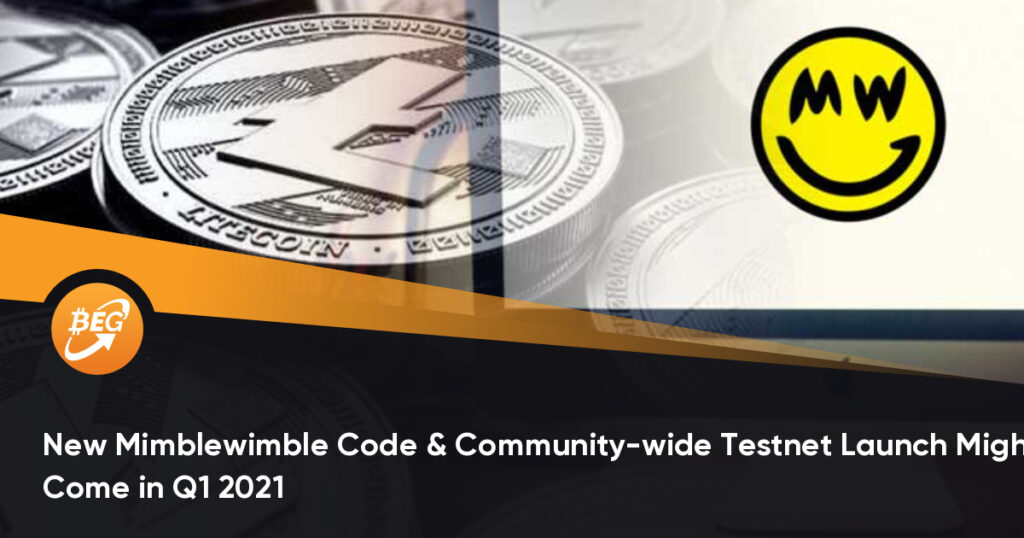0
eToro is a publishing partner of CoinGecko
Tezos (XTZ) is a blockchain-based cryptocurrency and smart contracts platform for decentralized applications (dApps).Since its launch in 2018, it has made a considerable amount of buzz within the crypto community.Brief History of Tezos
Arthur and Kathleen Breitman founded Swiss-based Tezos in 2014.Three years later, the Tezos Foundation raised $232 million in an uncapped initial coin offering (ICO) in just two weeks, accepting donations of both bitcoin and ether .Contrary to most new blockchains at that time, the blockchain is not based on Proof-of-Work.In the next section, we will discuss some of its distinguishing features and help you better grasp how it works.
Nearly a full year after the completion of its ICO, Tezos beta was released on June 30, 2018.
Recognizing that there were flaws, the betanet was intended to run until it is stable and bugs were patched.
In September 2018, Tezos made a long-awaited official launch of its mainnet, which at that time had token supply valued at more than $1 billion.Tezos Innovation
Today, a significant number of blockchains are offered in the crypto space – which makes it imperative for Tezos to stand out.
Tezos sets itself apart by implementing its self-amending mechanism, which focuses on formal verification and its usage of a “Proof-of-Stake” based consensus algorithm.Self-amending Mechanism
Tezos is a self-amending crypto-ledger.
The protocol that validates blocks and implements the consensus algorithm can amend itself.Due to this system, the protocol also passively upgrades in a decentralized way.Every update to the protocol goes through several testing cycles and receives relevant input from the community.This means that whatever development occurs has the acceptance stamp from most of the Tezos community.
This prevents any chance of a hard fork splitting into a community.
Formal Verification
Tezos utilizes robust programming languages technology to statically ensure the correctness of the implementation and to restrict future bugs or attacks in runtime.
The programming languages used by Tezos fall under the Functional programming language family.
For example, the codebase is written primarily in the programming language of OCaml , whereby its robust static type system and memory management system prohibit many common runtime errors , such as null point exceptions or buffer overflows.
On the other hand, Michelson , the smart contract language that runs on Tezos, has been explicitly designed to facilitate contract readability and verifiability while being low enough to meet the performance predictability requirement of on-chain execution.“Proof-of-Stake” based Consensus Algorithm
The existing Tezos protocol is based on a consensus algorithm called “Liquid Proof-of-Stake” (LPoS).
PoS is quite distinct from Proof-of-Work (PoW).It perceives the stake (number of tokens) that users hold as the primary resource used to build the pool of block by producers (in the Tezos ecosystem, they are called bakers).
Bakers are arbitrarily chosen using a lazy infinite priority list of baking slots in the Tezos consensus protocol to push a block to a certain level.To take part in this random selection, a baker must have at least one roll of tokens (corresponding to 10,000 tokens).
The amount of baker slots is equal to the number of rolls a baker holds.
Participants who do not hold enough tokens or who would instead not bake blocks can delegate their tokens to another baker.This delegation of voting rights is known as Liquid Democracy.They retain ownership of their tokens but increase the stake of their delegate in the random allocation of baking slots.Is there a place for Tezos’ POS blockchain in the future?
The current scenario looks like this:
The PoW consensus algorithm is the most commonly used in blockchain technology.
It is used by the two most famous cryptocurrencies: Bitcoin and Ether.However, with PoW, it needs extensive use of computing resources in mining and is considered expensive, unsustainable, and inefficient.
The possible future scenario with a blockchain platform like Tezos would look like this:
With Tezos PoS blockchain, participants would only require computational resources to keep the network running.Consequently, as compared to other blockchains using PoW and other PoS processes, it is inexpensive.
With that being said, Tezos has provided an array of unique technological innovations that changed the landscape of blockchain.If it continues to persist, we may anticipate more from Tezos in the future.
Visit Tezos’ official site to learn more! For the latest price, social media links, block explorers, and more check out CoinGecko’s Tezos page!
eToro is a publishing partner of CoinGecko.
